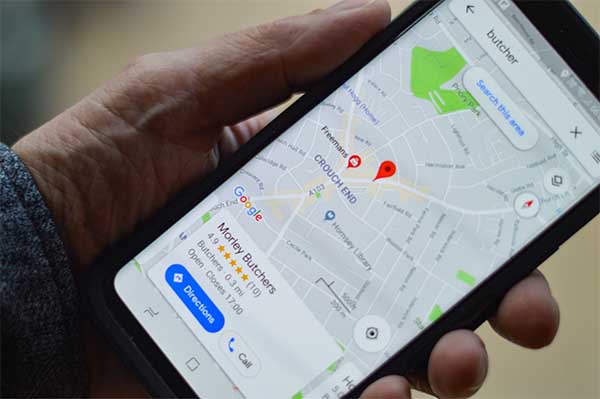Customer expectations and needs are ever-evolving and leaving brands under consistent pressure to integrate more advanced digital commerce capabilities simply to ensure survival in the retail landscape.
The way customers purchase, especially with a pandemic-driven surge in online shopping has catapulted the need for specific digital commerce capabilities which enhance user experience. functional, static websites are no longer enough to deliver a quality buying experience and foster brand loyalty.
B2B and B2C companies are exploring ways to improve customer buying journeys and providing personalized customer experiences (CX) throughout the entire buying journey are essential to staying competitive.
Here are just a few e-commerce capabilities that need to be on your radar.
Artificial Intelligence and Machine Learning (AI/ ML):
Smartbots and conversational AI have become expected and therefore a ‘must-have’ for customer service, product enquiries and the like. Likewise, similar AI-driven programs for product recommendations and add-on options are just a few basics that AI and ML cover.
Ridesharing and food delivery businesses have mastered this with their use of chatbots throughout the purchase process, allowing customers to track order delivery, payment and customer service, for the most part without any human intervention.
Mobile Application, Commerce and Social Commerce:
Having a website is no longer enough, especially when customers are showing a growing preference for mobile applications. The content typically loads faster than website content and from a marketing standpoint, it allows for higher user engagement, especially where push notifications can help boost conversion.
Consider the number of mobile phone users is only growing by the millions. Add to that the number of them with social media on their cell phones and the growing number of purchases made through those phones, social commerce is essential for your future roadmap.
A well-defined customer journey created for social platforms, including direct checkout/payment enablement, will keep you up to scratch. Brands are utilizing social media channels such as Instagram and TikTok to target customers with huge success. In particular, brands like Levi’s have even taken advantage of the platform by giving customers the option to shop directly through TikTok videos with the help of platform influencers.
Voice-Activated Ordering:
The growing number of people using voice-activated home devices such as Alexa and Siri are driving a boost in consumers using these devices for product and purchase information to help them with their buying decisions.
Augmented Reality (AR):
Using AR allows buyers to see exactly what they’ll be purchasing in their own reality before they buy. For example, buyers can take a photo of a room and select a piece of furniture from a retailers site to provide a sneak-peek into how it’ll look in their own space.
Simply put, giving customers an immersive experience in their existing environment is a big win for product visualization, reducing storage and returns and providing rich content to enhance CX.
This is especially true for luxury or bulky goods where storage and transportation costs can be enormous.
Imagine a car company launches an AR app for dealerships. Now, instead of dealers needing to stock all the available options of one particular model, the app gives potential buyers a way of customizing and seeing their potential car in all the available colors, add-ons and modifications. The dealer saves on storage and operational costs and buyers can see all the available options in one place.
Click and collect:
While the concept isn’t yet as heavily readily used in the USA as it has been in other countries, this concept of ordering online for out of store pick up is becoming significantly more popular, particular over the last year with contact-free delivery becoming preferred. It’s not cheap to set up and requires excellent inventory management, but works when a customer places an order and pay via the app after selecting their preferred pick up store location.
The customer arrives at their designated collection time, let’s the store know they’ve arrived via the app and can wait in the car while their item is delivered directly to their trunk contact-free.
Flexible Integration:
Legacy systems can be clunky, inflexible and rigid. Now more than ever, if companies want to succeed, the need to move towards third-party solutions and platforms that integrate seamlessly.
For example, with open APIs, social media channels can be integrated with your commerce storefront This can be done by using open source systems such as Kubernetes on SAP Cloud Platform to extend and connect various applications. The same goes for headless systems like Spartacus, for mobile optimization, multiple payment platforms, etc. that help provide an omnichannel experience.
Customer needs will only continue to become more focused on experience, leaving brands no choice but to get their basics up to par. While these are just a few digital capabilities that should be on your radar, having a clear plan for implementing just one will have you on the right path for growth.








